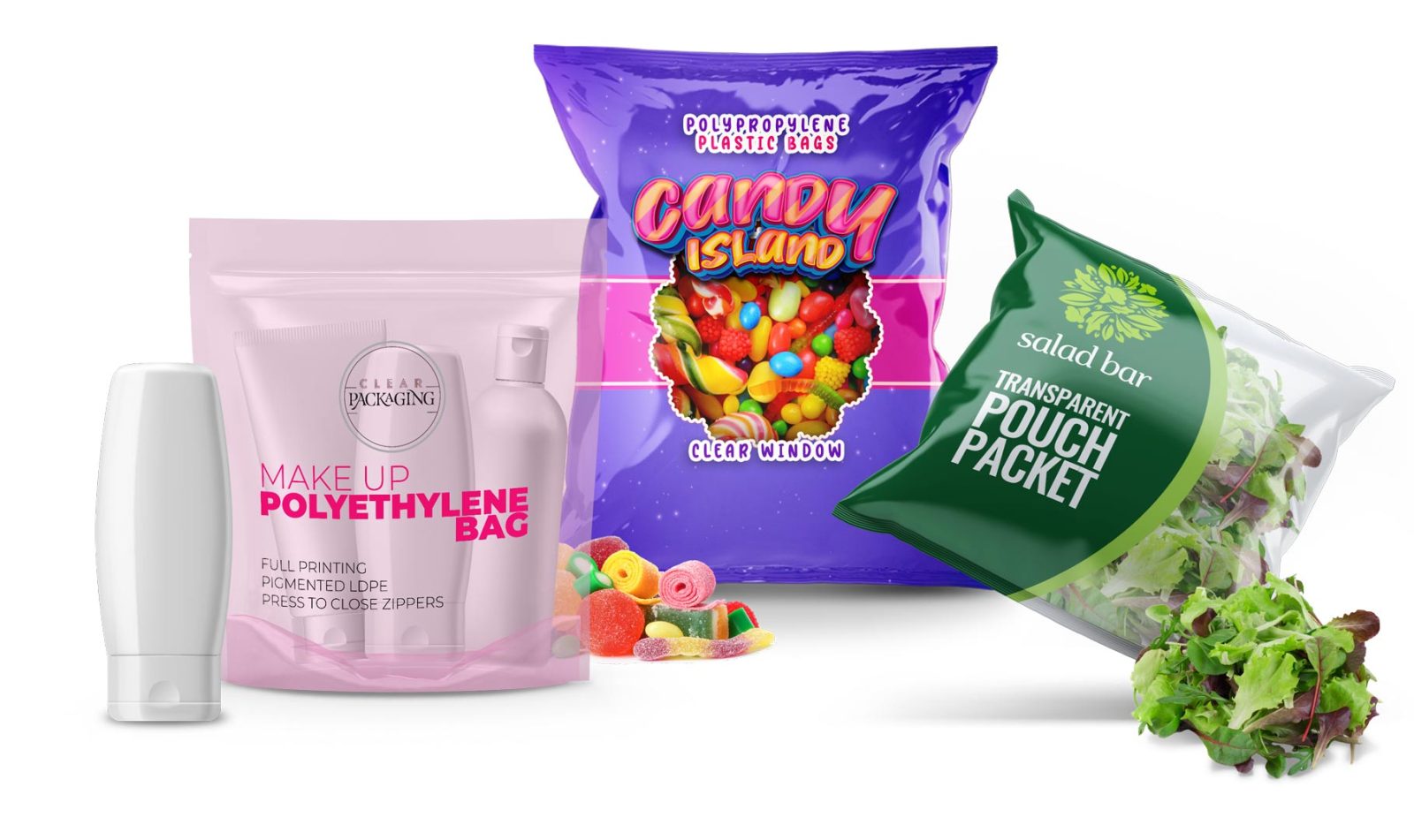In the ever-evolving world of packaging, inks for plastic food packaging play a crucial role in not only branding but also ensuring the safety and sustainability of packaged products. As consumers become more conscious of environmental and health factors, it’s essential to understand how these inks contribute to the packaging industry.

The Importance of Inks in Food Packaging
In the realm of food packaging, inks are not merely about aesthetics. They are vital for conveying important information such as ingredients, nutritional facts, and expiration dates. Moreover, these inks help in differentiating brands and enhancing the overall appearance of products on the shelves.
Ensuring Food Safety
The safety of inks used in plastic food packaging is paramount. It is crucial that these inks do not migrate into the food products, which can pose health risks. Packaging companies are increasingly adopting migration-safe offset inks to prevent such issues.
Sustainability Considerations
With the growing concern about environmental impact, the sustainability of inks used in plastic food packaging is under scrutiny. Companies are striving to use eco-friendly inks that reduce carbon footprint and are biodegradable. Exploring solvent-free packaging inks is a step towards this goal.
Types of Inks Used in Plastic Food Packaging
There are several types of inks used in plastic food packaging, each with its unique properties and benefits.
Water-Based Inks
Water-based inks are popular due to their low VOC emissions and reduced environmental impact. They are suitable for many types of plastic packaging and offer vibrant colors.
UV Curable Inks
UV curable inks are known for their quick drying properties and high durability. They are ideal for applications requiring high resistance to abrasion and chemicals.
Soy-Based Inks
Soy-based inks are an eco-friendly alternative, offering excellent print quality and easy recycling. They are derived from renewable resources, making them a sustainable choice.
Challenges in the Use of Inks for Plastic Food Packaging
While there are many benefits to using inks in plastic food packaging, several challenges need to be addressed.
Regulatory Compliance
Compliance with food safety regulations is a significant challenge. Companies must ensure that the inks they use meet stringent guidelines to prevent contamination. More information on food-grade ink regulation can be found here.
Cost Implications
The transition to environmentally friendly inks can entail higher costs. However, the long-term benefits in terms of sustainability and brand reputation often outweigh these initial expenses.
Future Trends in Inks for Plastic Food Packaging
The future of inks in plastic food packaging is promising, with several exciting trends on the horizon.
Innovation in Ink Formulations
Advancements in technology are leading to the development of new ink formulations that offer better performance and sustainability. Companies are investing in research to create inks that are safer and more eco-friendly.
Smart Packaging
The integration of smart technologies in packaging is an emerging trend. Inks that can change color to indicate freshness or temperature are being developed, providing added value to consumers.
Increased Focus on Sustainability
As the demand for sustainable packaging grows, companies are focusing on reducing the environmental impact of their inks. This includes using renewable resources and reducing waste.
Conclusion
The role of inks in plastic food packaging is multifaceted, encompassing safety, sustainability, and brand differentiation. As the industry evolves, continuous innovation and adherence to regulations will be essential to meet consumer demands and protect the environment.

FAQs
What are the types of inks used in plastic food packaging?
Common types include water-based, UV curable, and soy-based inks.
Why is ink migration a concern in food packaging?
Ink migration can lead to contamination of food products, posing health risks to consumers.
How can companies ensure the safety of inks used in packaging?
By complying with food safety regulations and using certified inks designed to prevent migration.
This article contains affiliate links. We may earn a commission at no extra cost to you.






